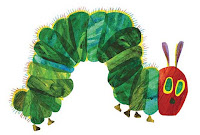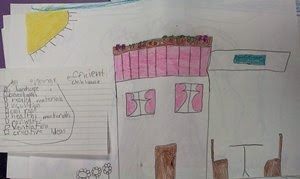 |
| Dad's use plans & work together |
It was girl scout greenhouse build day! Dads had tools --- not just tools, but TOOLS. You know the kind that make a lot of noise. They were consulting plans retrieved over the Internet, and orchestrating it all was one of the most dedicated parents I have ever enjoyed working with, Kathy Ferguson. She has led our girl scout troop for several years and has overseen the year-long effort to collect the bottles and do the ground work required for such a large scale effort.
The girls have been learning about the water cycle and conservation all year. They have also been learning about perseverance, dedication, postponing gratification, seeking funding, giving back to their community, and pride in accomplishment.
 |
| First Wall |
We hear educators talk about 21st century skills when in fact these were 1st century skills as well. If you do not have the ability to confront circumstances, assess what tools and materials you have at hand, and then work together to come up with a solution, it will not matter how capable you are on a computer, you will not succeed. But perhaps the best moment was when one of the girls confided to Kathy that she loved this day above others because she got to spend time with her Dad. Thanks to every person and every scout for the Greenhouse that will make our school garden easier to experience and learn from since we will be able to start our gardens much earlier in the year!





















